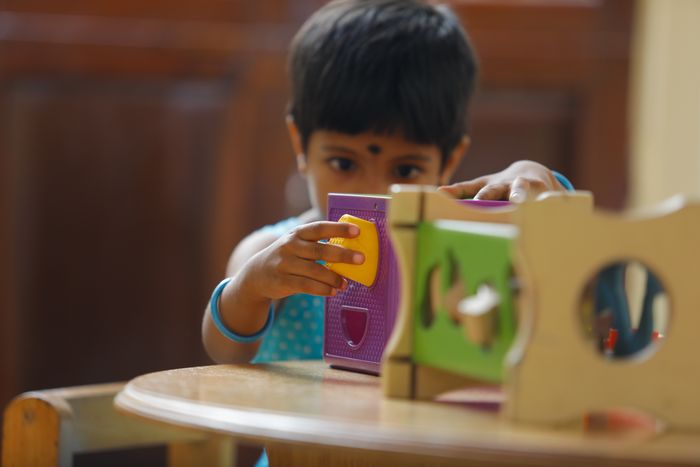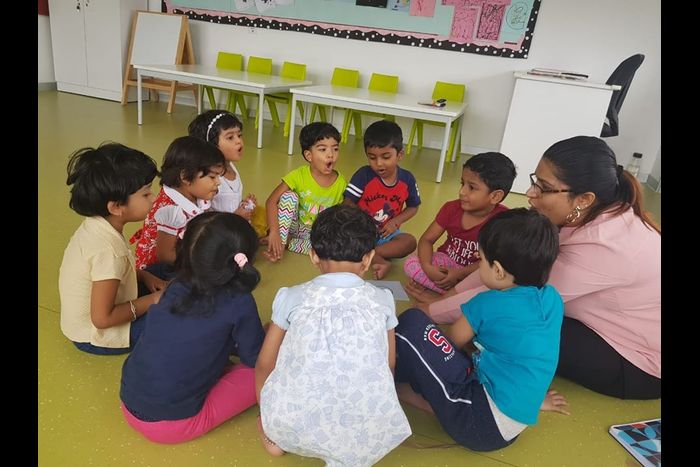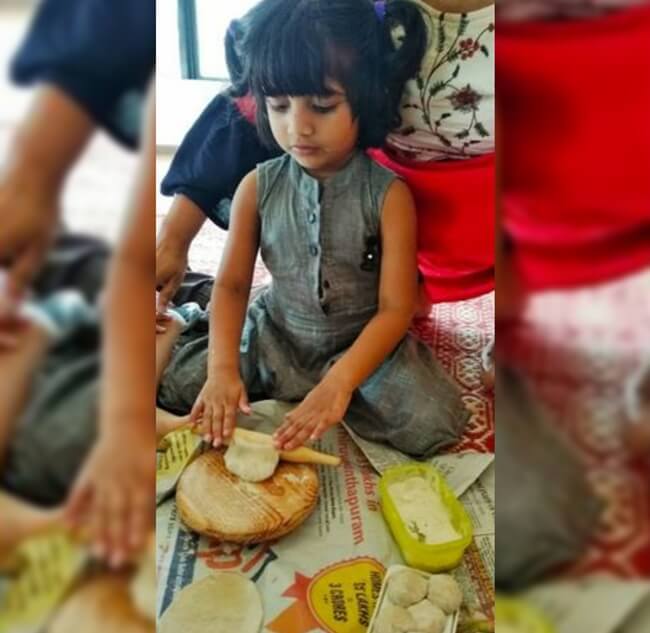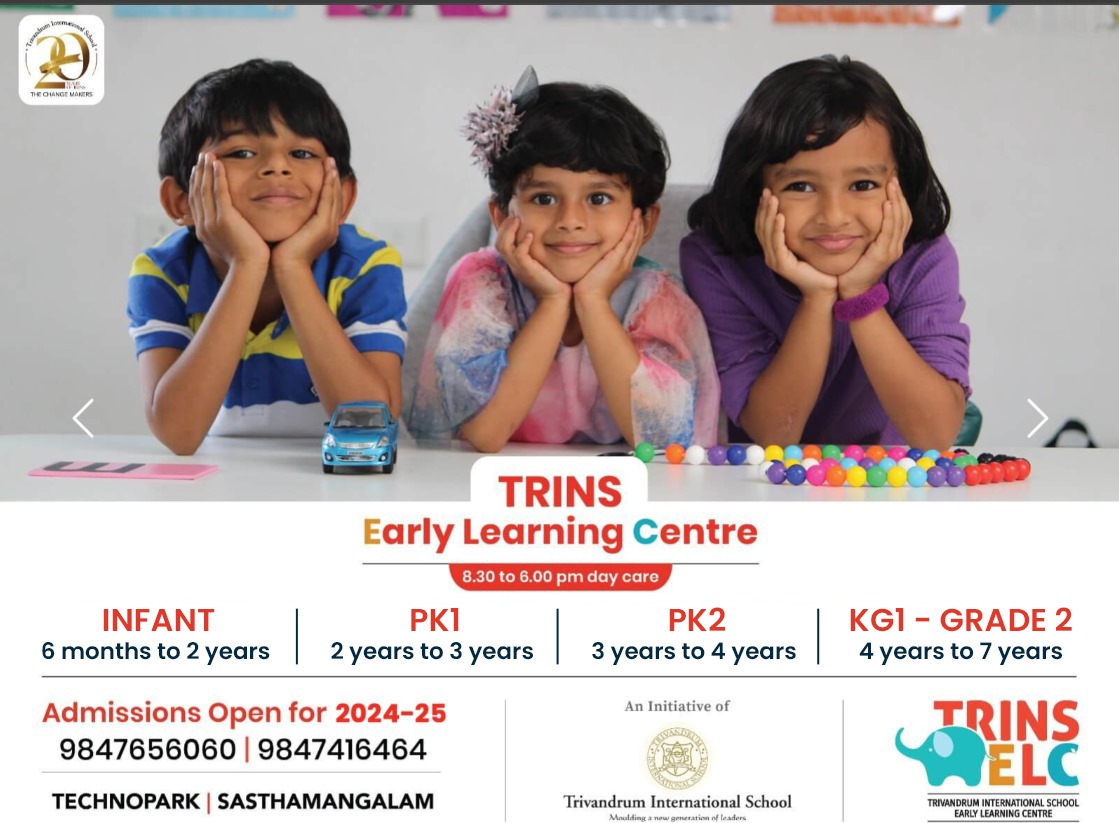


How to Encourage a Growth Mindset in Young Kids

Young children are naturally curious, eager to explore, and full of questions. These qualities make early childhood the perfect stage to introduce a growth mindset. A growth mindset is the belief that abilities and intelligence can be developed through effort, practice, and learning from mistakes. It stands in contrast to a fixed mindset, where children believe their abilities are unchangeable.
Helping your child adopt a growth mindset from an early age can have long-lasting benefits, including better resilience, stronger academic performance, and improved emotional well-being. The goal is to help them see challenges as opportunities, not obstacles.
Understanding Fixed vs Growth Mindset
Children with a fixed mindset tend to give up easily when faced with a difficult task. They may avoid challenges or feel threatened by others’ success. On the other hand, a growth mindset allows them to see effort as a path to mastery and view failure as a natural part of learning.
| Fixed Mindset | Growth Mindset |
|---|---|
| "I'm not good at this." | "I can get better with practice." |
| Avoids difficult tasks | Embraces challenges |
| Gives up easily | Keeps trying despite setbacks |
| Feels threatened by others' success | Finds inspiration in others’ success |
| Believes intelligence is fixed | Believes effort leads to improvement |
The Power of Praise and Language
One of the easiest ways to instil a growth mindset is through the language we use with children. Instead of praising intelligence — “You’re so smart” — focus on the effort: “You worked really hard on that.” This reinforces the idea that success comes from dedication, not talent alone.
Avoid labelling children as “good” or “bad” at something. Instead, say things like, “You’re still learning how to do that,” or “Mistakes help us understand better.” Such language creates a safe environment for growth and exploration.
Modelling Growth Mindset at Home
Children learn a lot from what they see adults doing. If they observe you approaching challenges with positivity and learning from your mistakes, they’re more likely to do the same. Talk openly about your own learning process. If you make a mistake, share it: “I forgot something important today, but next time I’ll write it down to help me remember.”
Make problem-solving a family activity. Whether it’s fixing something broken or trying a new recipe, involve your child and show them how to work through steps even when things don’t go as planned.
Encouraging Curiosity and Effort
Give your child the space to ask questions and experiment without fear of being wrong. Encourage them to take on new challenges, not because they’ll succeed right away, but because they’ll learn in the process. Be patient when they struggle and resist the urge to solve everything for them. Learning how to handle frustration is part of building perseverance.
Celebrate progress more than perfection. Notice when your child shows improvement, even in small ways. Statements like, “You’ve really improved your drawing,” or “I can see you’re getting faster at tying your shoes,” help them track their own growth.
Using Stories to Reinforce Mindset
Children’s books and stories are powerful tools for teaching a growth mindset. Choose books where characters face difficulties, learn from failures, and grow through effort. After reading, ask your child what they noticed. “How did the character solve the problem?” or “What would you do in that situation?”
Stories can also help normalise struggle. When kids see fictional characters making mistakes and bouncing back, they learn that setbacks are not the end of the road, but part of the journey.
Instilling a growth mindset in young kids is not a one-time lesson but a continuous process. It starts with everyday interactions — how we talk to them, how we respond to their failures, and how we guide them through challenges. When children understand that they can improve with effort and learning, they develop confidence, resilience, and a lifelong love for learning.





